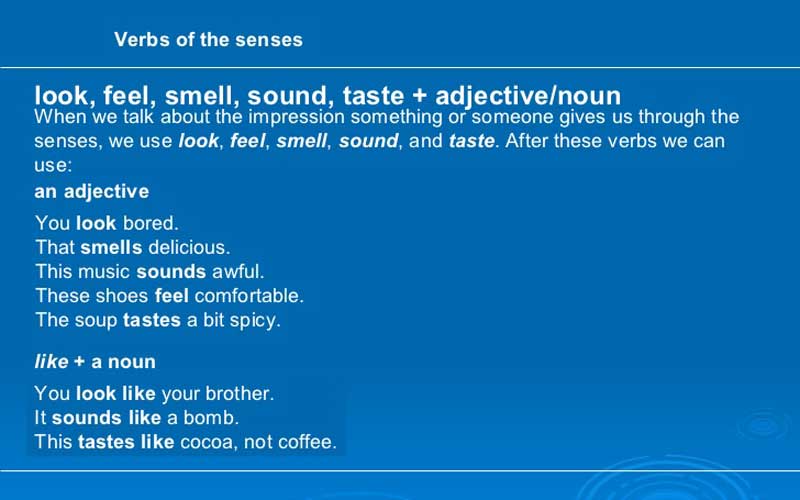
Not too long ago, Government Spokesperson Col (Rtd) Cyrus Oguna was trolled for having uttered the words: “I can be able to” while addressing members of the fourth estate. Admittedly, such usage is common, but tautological all the same.
No doubt, language is dynamic, but some expressions are inexcusable despite their widespread usage. Simply put, if you are able to do something, it means you ‘can’. Conversely, if you can lift, say, 200 kilogrammes of weights in a gym, that would tell us you have the ability (you are able to) lift that weight without breaking sweat.
That aside, a reader of this column acknowledges that the words ‘who’, ‘whom’ and the proper application of the verbs of sense are tricky matters when it comes to using them in context. Indeed, that is true. In an earlier column I explained, inter alia, the difference between ‘who’ and ‘whom’ thus; ‘whom’ refers to the object of a verb while ‘who’ refers to the subject in a sentence.
It would help to remember that ‘who’ can be replaced by the pronouns ‘she’ or ‘he’. ‘Whom’, on the other hand, can only be replaced by the pronouns ‘him’ or ‘her’. For example, “Who would like to join me in the dance” can be rewritten as ‘She/he would like to join me in the dance’. ‘Him/her would like to join me in the dance’ sounds awkward. ‘To whom it concerns’ can be rewritten as ‘It concerns him/her’, not ‘It concerns he/she’.
Doing something
We can still make the difference a little simpler with the following explanations; ‘who’ is a subject pronoun whose place can be taken by the pronouns ‘she’, ‘I’, ‘we’, and ‘he’. On the other hand, ‘whom’ is an object pronoun replaceable by the pronouns ‘him’, ‘her’, ‘us’.
Remember, the grammatical subject is described as the person or thing that is responsible for doing something (action) while the object is the thing that takes or receives the action. Objects, as earlier stated, are either nouns, noun phrases or pronouns and are classified as transitive (having a direct object) or intransitive (indirect object).
Having said this, it is clear that ‘who’ is used to refer to the person executing an action. For example; “Who took money from my wallet?” ‘Who ate my oranges?” On the other hand, ‘whom’ refers to the recipient of an action. For example; “To whom should I address the letter?”, ‘Whom’ shall we blame if one of these days a physical fight breaks out between Tangatanga and Kieleweke political gangs?”
Progressive tense
We can get a little ingenious and invent our own way of remembering the difference. Any time you are confronted with the two words, take out the first letter - ‘w’-. Having done that, you are left with the unintelligible words ‘ho’ and ‘hom’. Bearing in mind the gist of it all is pronouns, substitute the unintelligible words with pronouns that come close, in this case, ‘he’ and ‘him’. That should make it easy to understand the difference.
To the question, “Who took money from my wallet?”, an intelligent answer by someone who knows would be; “ He/she/I took your money”. The responder cannot say; “Him/her took your money’. Similarly, to the question; “To whom should I address the letter?”, a responder would say; “to John (him) or Mary (her). If the response came as “To she (Mary) or he (John), that would be ungrammatical.
Let’s now move on to verbs of sense, which are; ‘see’, ‘hear’, ‘smell’, ‘feel’ and ‘taste’. News buffs must have time and again heard journalists in the field, while linking up with colleagues in their studios, ask: “Are you hearing me? Is this grammatical?
Ideally, we are not supposed to use verbs of sense in the present progressive tense. The progressive, alternately called the continuous tense, refers to an action that started some time back and continues into the present.
‘Hear’ refers to the involuntary detection of sound with the ears; an action considered static (no variations. You can either hear or you cannot) as opposed to being dynamic (characterised by constant change). To “listen” is dynamic since it expresses intention.
Stay informed. Subscribe to our newsletter
For example; “Please continue, I am listening”. You can choose to listen, not so hear. As such, instead of asking “are you hearing me?” the question should be rephrased with the use of modal verb ‘can’; “Can you hear me?”
Mr Chagema is a correspondent at The [email protected]
 The Standard Group Plc is a
multi-media organization with investments in media platforms spanning newspaper
print operations, television, radio broadcasting, digital and online services. The
Standard Group is recognized as a leading multi-media house in Kenya with a key
influence in matters of national and international interest.
The Standard Group Plc is a
multi-media organization with investments in media platforms spanning newspaper
print operations, television, radio broadcasting, digital and online services. The
Standard Group is recognized as a leading multi-media house in Kenya with a key
influence in matters of national and international interest.
 The Standard Group Plc is a
multi-media organization with investments in media platforms spanning newspaper
print operations, television, radio broadcasting, digital and online services. The
Standard Group is recognized as a leading multi-media house in Kenya with a key
influence in matters of national and international interest.
The Standard Group Plc is a
multi-media organization with investments in media platforms spanning newspaper
print operations, television, radio broadcasting, digital and online services. The
Standard Group is recognized as a leading multi-media house in Kenya with a key
influence in matters of national and international interest.






